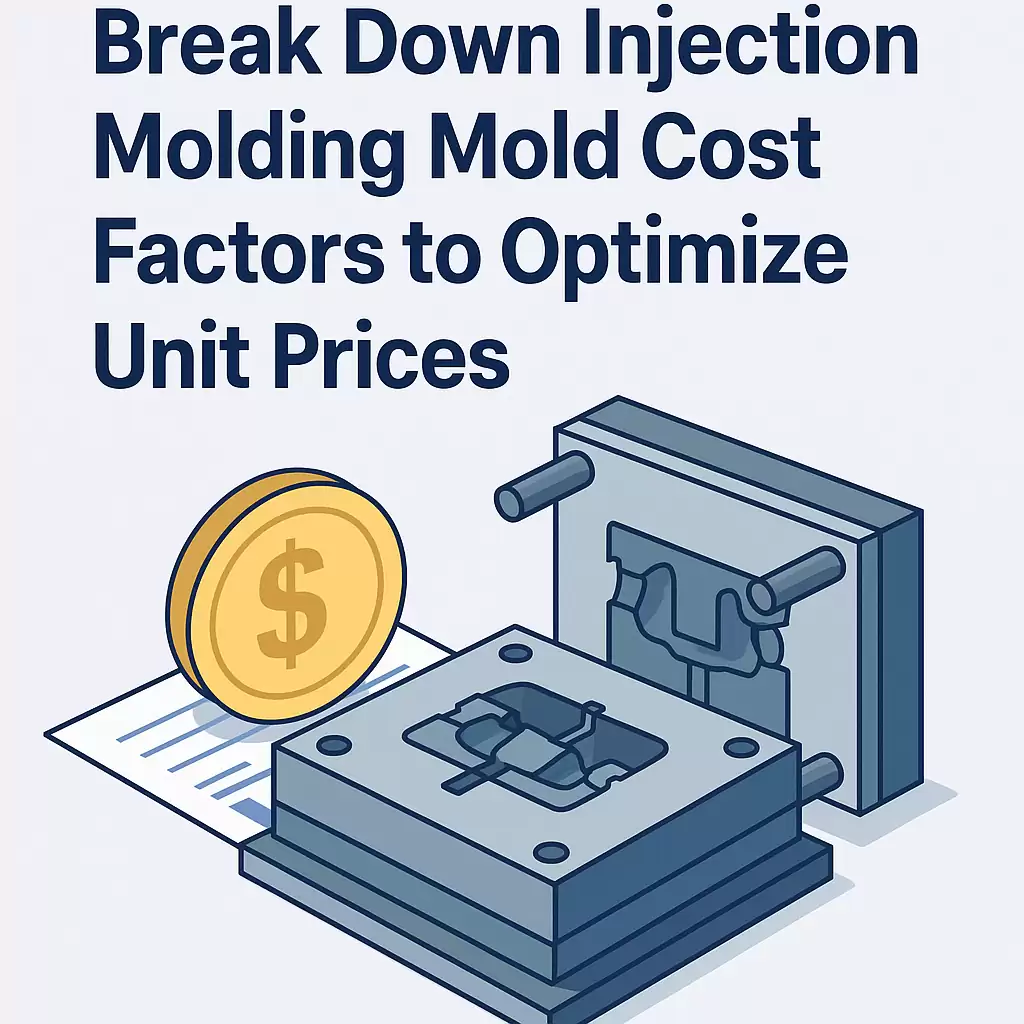Optimize Your Budget: A Deep Dive into Injection Mold Cost Factors
Optimize Your Budget: A Deep Dive into Injection Mold Cost Factors

Understanding the true cost of injection molding molds is essential for any company looking to control production expenses and maximize long-term ROI. While the initial tooling cost might seem high, a well-optimized mold can drastically lower your unit price and improve production efficiency. At INTERTECH (https://www.taiwanmoldmaker.com), we help businesses around the world reduce costs through smart mold design and strategic cost planning.
Why Mold Cost Matters in Unit Price Optimization
In injection molding, the mold is the most critical capital investment. It directly influences:
-
Cycle time and throughput
-
Product quality and repeatability
-
Part defect rates and material waste
-
Maintenance frequency and mold longevity
By carefully breaking down each cost component of a mold, manufacturers can reduce inefficiencies, avoid costly rework, and lower the cost-per-part.
Key Cost Drivers in Mold Manufacturing
1. Mold Size and Complexity
-
Larger molds require more material and machining time.
-
Complex designs with undercuts, sliders, or multi-shot functions increase cost.
-
More intricate part geometries demand precision tooling and longer lead times.
2. Material Type
-
Aluminum molds are cheaper and faster to produce—ideal for low-volume production.
-
Steel molds (P20, H13) offer higher durability for large production runs but come at a higher upfront cost.
3. Number of Cavities
-
Single-cavity molds are cost-effective for prototyping or low volumes.
-
Multi-cavity molds allow for higher efficiency and lower unit cost in large-scale production, but they increase initial tooling cost.
4. Surface Finish Requirements
-
High-gloss finishes, texturing, or optical-grade transparency require polishing, EDM finishing, or specialized coatings—all of which increase cost.
5. Tool Life Expectancy
-
Short-life molds (10,000–50,000 cycles) are cheaper but less durable.
-
Long-life molds (500,000+ cycles) are more expensive upfront but deliver better ROI over time.
How to Optimize Mold Costs to Lower Unit Prices
✔ Design for Manufacturability (DFM)
A well-optimized part design can reduce mold complexity, eliminate unnecessary features, and improve cooling efficiency—leading to lower tooling and cycle costs.
✔ Use Bridge Tooling or Soft Tools
Start with aluminum or hybrid molds for product validation or pilot production. You can scale to steel tools later for higher volumes.
✔ Choose an Experienced Mold Maker
Work with a provider like INTERTECH that offers:
-
In-house tool design and manufacturing
-
Mold flow analysis for defect prevention
-
Modular mold base strategies for cost reduction
Explore our tooling services and custom injection molding for tailored solutions.
Total Cost of Ownership (TCO): Don’t Just Look at the Price Tag
A mold that costs 30% less upfront but wears out in half the time or causes frequent defects will ultimately increase your per-part cost. Evaluating molds based on Total Cost of Ownership helps you make smarter investments with long-term savings.
Conclusion
Controlling injection molding costs isn’t just about getting the lowest quote—it’s about making strategic decisions around tooling, materials, and part design. By understanding what drives mold pricing and partnering with a mold maker like INTERTECH, you can reduce your unit price, improve part quality, and increase the profitability of every production run.
Ready to analyze your project’s mold cost structure? Contact INTERTECH for a custom consultation.








